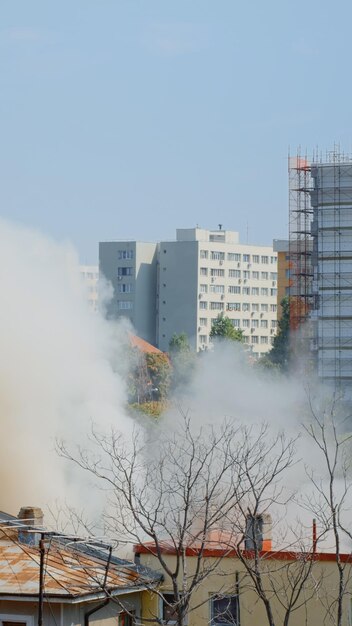
At its worst, Hurricane Katrina was a Category 5 storm in the Gulf of Mexico. Natural disasters, including ice ages, volcanic eruptions, earthquakes, droughts, wildfires, and floods, have plagued humanity from the beginning and continue to do so globally.
In the last decade, we’ve seen more frequent and severe natural disasters. The 2011 earthquake and tsunami in Japan caused significant damage, and hurricanes like Katrina, Rita, and Sandy hit the United States hard. In places like India, Afghanistan, and Pakistan, floods and mudslides have forced thousands of people to leave their homes. The 2004 Indian Ocean earthquake and tsunami decimated coastlines and took over 300,000 lives.
These examples are just a handful of the many disasters since 2001. Such events, often hitting densely populated and industrial areas, have caused insurance premiums to rise. Climate change and melting ice, which raise sea levels, make coastal areas more expensive to insure. Cities like Boston, New York, and Washington D.C., frequently battered by strong storms, are seeing higher insurance rates, especially for those in low-lying zones.
Although the insurance industry’s internal workings may not be a hot topic for everyone, the issues they face impact us all. There are growing risks linked to advancing human development happening quicker than we expected. The uptick in disaster-related payouts is squeezing profit margins and challenging some insurance firms’ ability to support policyholders after big catastrophes.
As disasters become more common, insurance companies are under increasing pressure. Many people live along coastlines where rising sea levels and stronger storms pose significant threats. The 2010 census showed that nearly 60% of Americans live within 100 miles of the coast, with another 10% near lakes and rivers. This makes it harder for insurers to gauge risks as weather patterns shift.
Even though more insured individuals mean more premium payments, it doesn’t cover the massive payouts after disasters. With coverage costs in the millions, the monthly premiums collected can’t cover the yearly disaster-related compensations.
To tackle this, insurance companies are enhancing their risk assessment methods and cutting back on expensive coverage options for new clients. They are raising premiums for high-risk areas and slightly increasing rates in safer zones to spread out potential risks. Insurers are well aware of the looming threats and are preparing for them. The concern is not if these disasters will happen, but when.